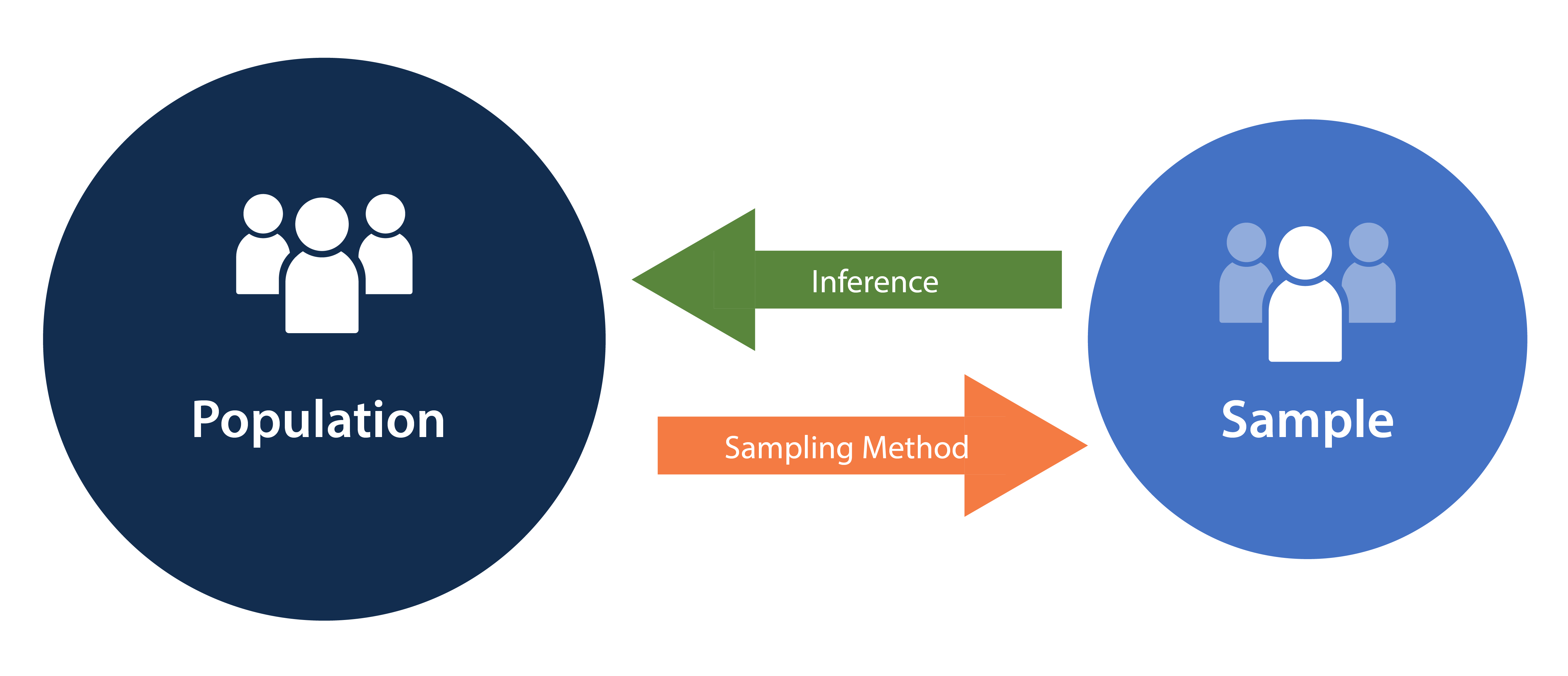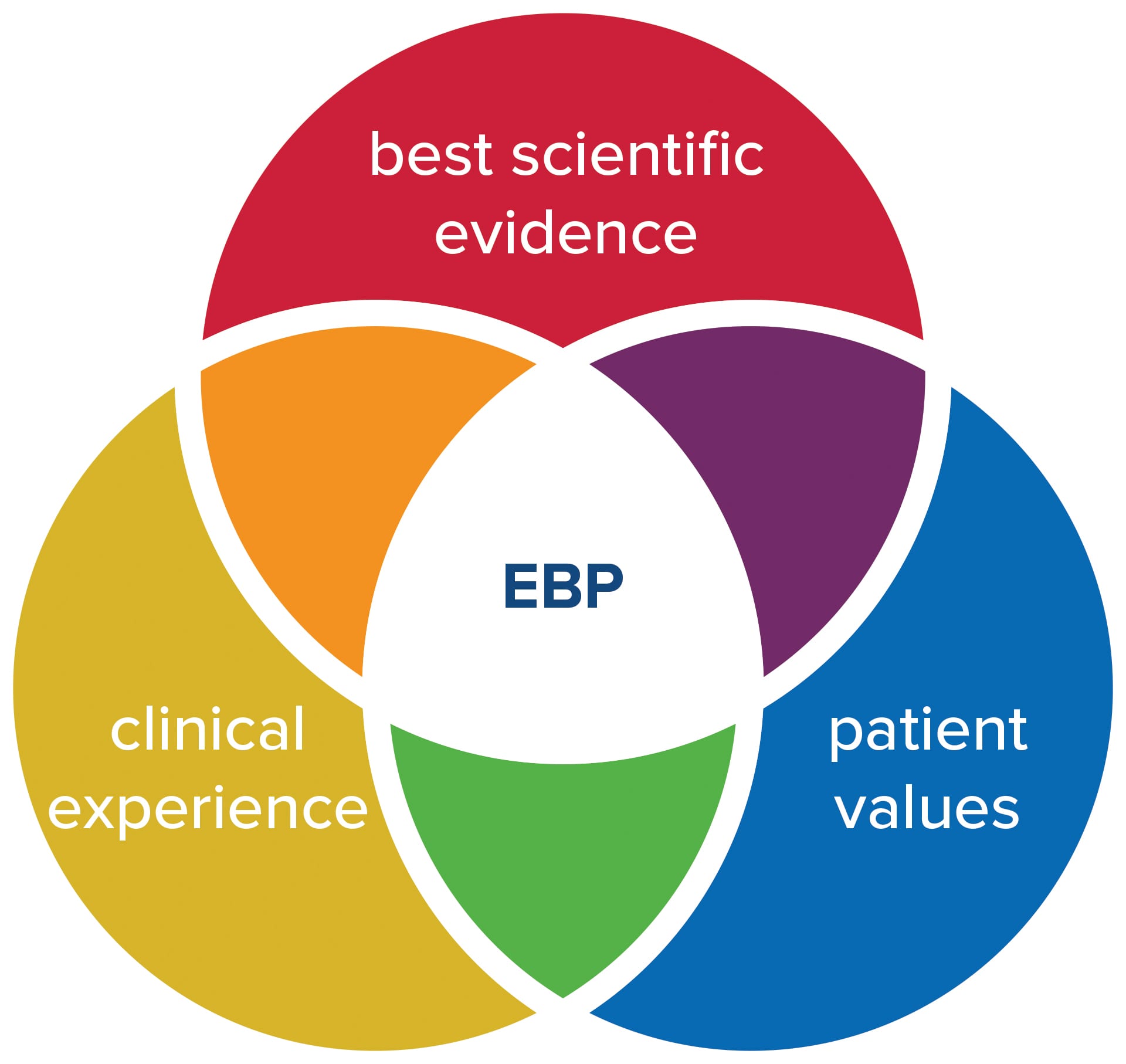Application of Kant’s Moral Philosophy
Application of Kant’s Moral Philosophy
Ethics Second Written Assignment
Read chapter 3, watch Week 6 Lecture, and watch the films “Gone Baby Gone” and “Sleepers.”
Pick one movie and apply Kant’s moral philosophy to judge the MAIN FINAL action. For “Gone Baby Gone,” judge Patrick’s final decision, and for “Sleepers,” judge the priest’s final decision. Judging any other action in the movie is an automatic zero.
Your paper should be a minimum of 500 words and in MLA format. The due date for this assignment is February 14th.
You must apply Kant’s three premises (course materials) for 50 points and Michael Sandel’s three contrasts (Week 6 Lecture “Mind your Motive”) for 50 points.

Application of Kant’s Moral Philosophy to Patrick’s Final Decision in “Gone Baby Gone”
The film “Gone Baby Gone,” directed by Ben Affleck, presents a complex moral dilemma centered on the kidnapping of a young girl named Amanda. The story follows private investigator Patrick Kenzie, who ultimately faces a significant moral decision regarding the child’s welfare. This analysis applies Immanuel Kant’s moral philosophy, particularly his three premises, to evaluate Patrick’s final decision, alongside Michael Sandel’s three contrasts on motive.
Kant’s Three Premises
Kant’s moral philosophy revolves around three fundamental premises: the Categorical Imperative, the universality principle, and the principle of humanity.
- Categorical Imperative: Kant’s Categorical Imperative states that one should act only according to that maxim whereby one can at the same time will that it should become a universal law. In the context of Patrick’s decision to return Amanda to her mother, one must consider whether this action could be universalized. While Patrick believes he is acting in the child’s best interest, if everyone were to act based on subjective judgments of parental capability, it could lead to chaos and undermine the law’s authority. Thus, Patrick’s action, while well-intentioned, does not fully adhere to this premise.
- Universality Principle: Kant argues that moral actions must be universally applicable. By taking Amanda away from her mother under the guise of protection, Patrick’s decision raises questions about the consistency of such an action. Would it be acceptable for anyone to determine what is best for a child without legal or social protocols in place? Patrick’s decision, while aiming to safeguard Amanda, also disregards the established systems designed to protect children and uphold the law, indicating a failure in this aspect of Kant’s philosophy.
- Principle of Humanity: This principle asserts that humans must be treated as ends in themselves and never merely as means to an end. In his final decision, Patrick grapples with the morality of sacrificing Amanda’s well-being for what he perceives as a greater good. He chooses to act against the legal system, believing it will benefit Amanda. However, this undermines the principle of humanity by using Amanda’s situation as a means to achieve what he believes is a moral outcome, thereby questioning the legitimacy of his actions.
Michael Sandel’s Three Contrasts
Michael Sandel’s contrasts regarding moral reasoning provide further insight into Patrick’s decision-making process. Sandel emphasizes the importance of motives behind actions and distinguishes between consequentialism, deontological ethics, and virtue ethics.
- Consequentialism vs. Deontology: Patrick’s decision aligns with consequentialism, as he believes the ends justify the means. He acts based on the outcome he desires for Amanda, which conflicts with Kant’s deontological ethics, which emphasizes duty over results. While Patrick views his decision as a protective measure, it contradicts the deontological view that he should adhere to the law and act in a manner that is justifiable as a universal action.
- Moral Intent vs. Moral Action: Sandel highlights the distinction between the intent behind an action and the morality of the action itself. Patrick’s intentions are noble; however, his decision to circumvent the law raises significant ethical concerns. Kant would argue that regardless of his intentions, the morality of his action cannot be overlooked. Patrick’s choice to prioritize personal belief over legal protocols ultimately reflects a failure to uphold Kantian ethics.
- Virtue Ethics: Sandel’s perspective on virtue ethics focuses on character and moral integrity. Patrick’s character is central to the story, and his final decision reflects both his strengths and weaknesses. While he desires to protect Amanda, his moral character is called into question when he opts to act outside the law, suggesting that a virtuous individual would find a way to reconcile their actions with ethical standards.
Conclusion
Patrick’s final decision in “Gone Baby Gone” raises intricate moral questions when evaluated through the lens of Kant’s philosophy and Michael Sandel’s contrasts. While Patrick acts out of a desire to protect Amanda, his choice undermines the legal system and ethical standards established to safeguard children’s welfare. By failing to adhere to Kant’s Categorical Imperative, the universality principle, and the principle of humanity, Patrick’s actions exemplify the complexities inherent in moral decision-making. Ultimately, Kant’s moral philosophy emphasizes the necessity of aligning actions with ethical duties rather than subjective interpretations of right and wrong, highlighting the importance of maintaining moral integrity in difficult situations.
(Application of Kant’s Moral Philosophy)
References
Kant, Immanuel. (1785). Groundwork for the Metaphysics of Morals. Cambridge University Press.
https://www.cambridge.org/core/books/abs/groundwork-for-the-metaphysics-of-morals/7F10F65BFB9D226E642A67D48E5E54ED
This foundational text outlines Kant’s moral philosophy, including his Categorical Imperative and principles of ethics.
Sandel, Michael J. (2009). Justice: What’s the Right Thing to Do? Farrar, Straus and Giroux. https://www.fsgoriginals.com/books/justice
This book discusses various moral philosophies, including Kantian ethics, and provides insights into moral reasoning and the contrasts relevant to ethical dilemmas.
Fitzgerald, R. (2018). “Kant’s Moral Philosophy.” Stanford Encyclopedia of Philosophy. https://plato.stanford.edu/entries/kant-moral/
This article provides an overview of Kant’s ethical framework and elaborates on the implications of his moral philosophy.
Bennett, J. (2014). Kant’s Theory of Ethics. Cambridge University Press. https://www.cambridge.org/core/books/kants-theory-of-ethics/5A2A4F99F50A99A027DA6A55E30DBBBF
This text examines Kant’s ethical theories in detail, including his views on duty, moral law, and ethical decision-making.
Affleck, Ben. (Director). (2007). Gone Baby Gone. Miramax Films.
The film itself serves as the primary source for analyzing the ethical dilemma presented in the narrative.










